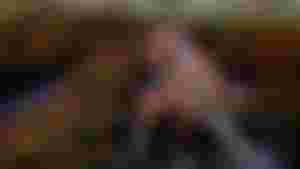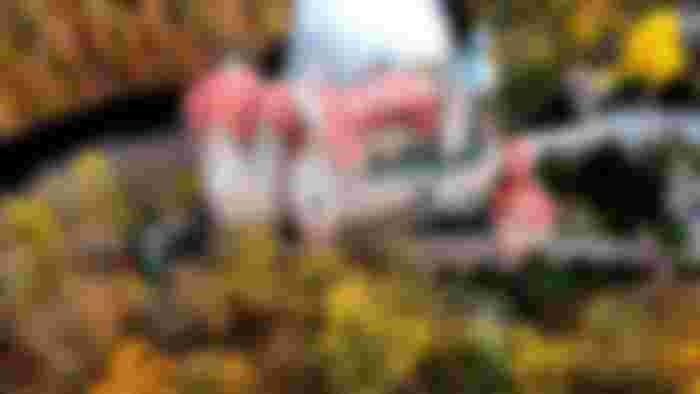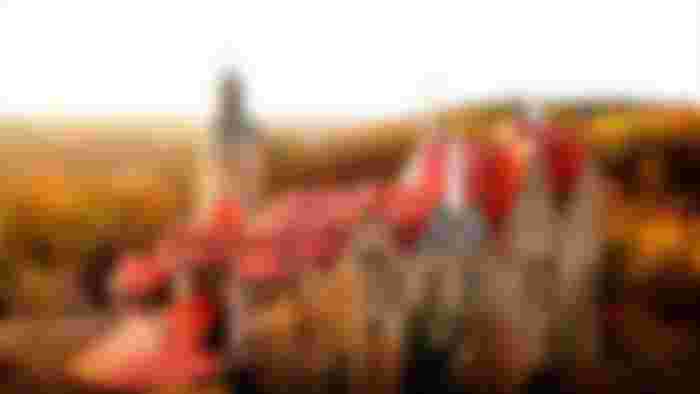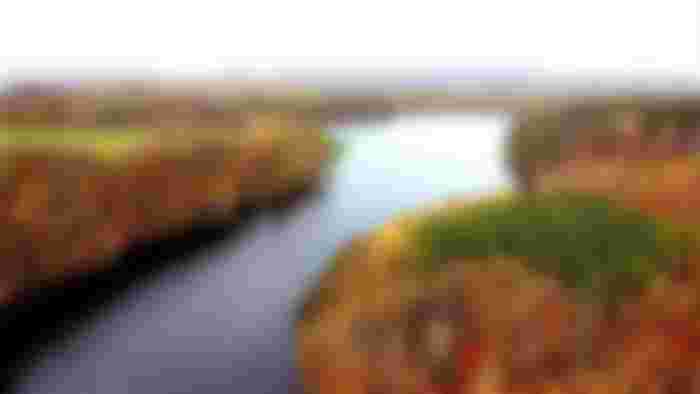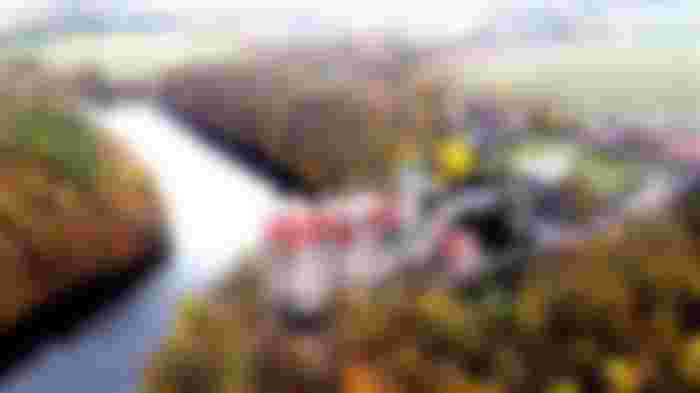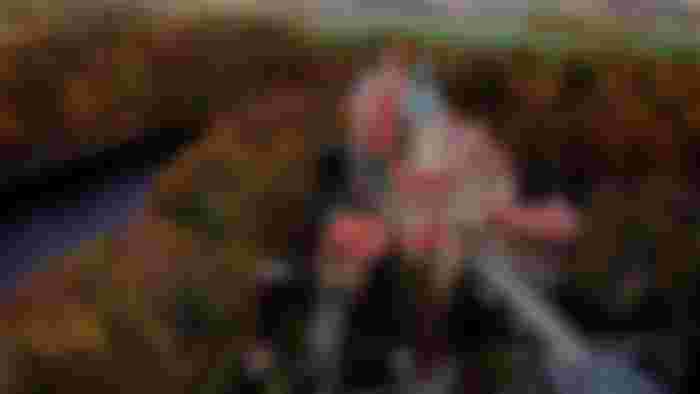
Secrets of the Czocha Castle, treasures, Nazi scientists
Czocha Castle is a great mystery and a treat for treasure hunters.. After the war, Christine von Saurma, a castle librarian, helped in finding castle hiding places and valuable items hidden in them. We managed to recover about 25,000 different books, which later found their way to the Wroclaw University Library, 53 pieces of various furniture, some tableware, glass and porcelain, 84 oil paintings, 29 sculptures, 130 pieces of antique white and firearms. Apparently, during the Second World War, a frequent visitor to Czocha Castle was Werhner von Braun, a scientist of Nazi Germany, the creator of German rocket weapons, and later also under the US banner of Saturn space rockets, which carried ships from the Apollo group to the moon. These visits were related to research carried out in underground factories near the village of Leśna, where work was carried out on V-1 and V-2 missiles and experiments with uranium weapons.
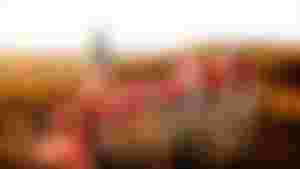
About Czocha Castle
Czocha Castle is located near the town of Leśna, on the beautiful Lake Leśniańskie, into which the Kwisa River flows - the left longest tributary of the Bóbr River. The first mentions of Czocha Castle, which today stands on the site of a former wooden and stone medieval fortified stronghold, date back to 1241. Probably the first owner of Czocha Castle in the 13th century was the Czech King Wacław and his son Przemysław Ottokar II. As it usually happens, the history of castles in Poland is turbulent, and the owners changed frequently, from the Branderburian Ascene dynasty, through Henryk, the Jawor-Świdnik duke. Finally, in 1346, the owner became the royal Johann von Birbestein, who, after numerous exchanges, received the castle for life. The castle has changed owners several times in its history.
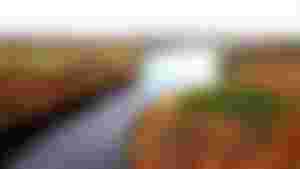

In 1793 a fire broke out in the castle. The reasons are unknown, but the castle was significantly damaged. All the roofs, the tower, the library with many valuable old prints, living quarters and the armory burned down. The reconstruction of the castle lasted 6 years, but it did not return to its former glory, having undergone numerous modifications. In 1909, the Czocha castle was bought by Ernst Gutschow from Dresden, who loved and loved beautiful objects. The castle underwent another major modification in 1912, thanks to the Berlin architect Bodo Ebhardt, who, in the opinion of observers, created the Czocha Castle more medieval than in the Middle Ages. The castle survived the Second World War and the times of the Polish People's Republic without any damage and in 1996 it was made available to tourists. The castle, surrounded by 800-year-old yew trees, now houses a museum and a hotel.
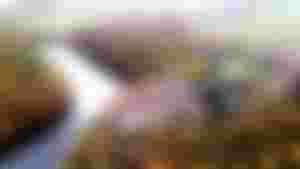
Where did the name Czocha come from?
The origin of the name czocha is unknown. It has changed over the centuries (Cachow, Schochav, Csochow, Schochuff, Schocha, Zhoche, Tzschocha, Czachów) and finally took the present form of Czocha.
